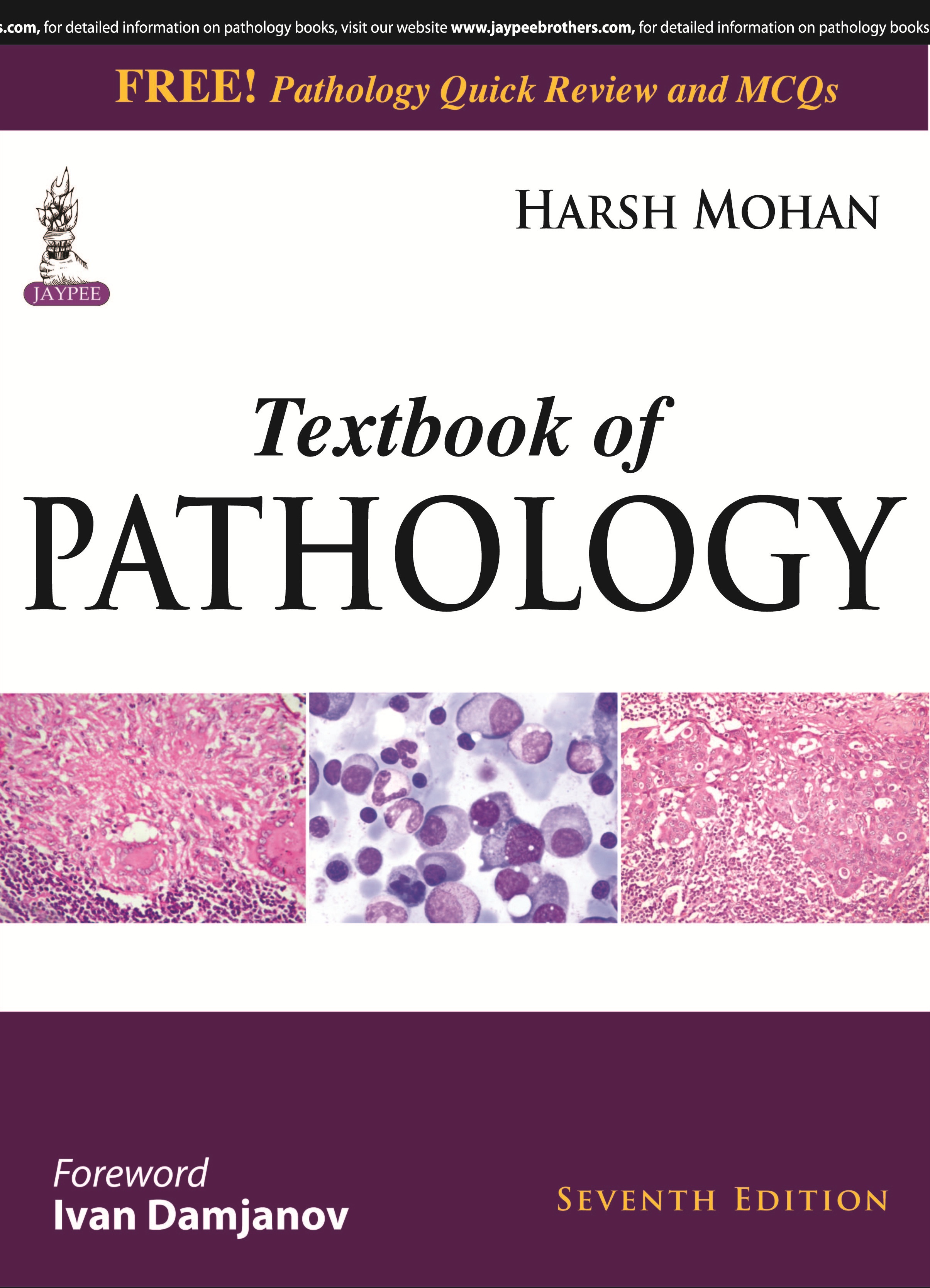
Diagnostic Immunohistochemistry. Original Publisher PDF. File Size: 396.5 MB. Dabbs and leading experts in the field use a consistent.
Standardization of controls, both positive and negative controls, is needed for diagnostic immunohistochemistry (dIHC). The use of IHC-negative controls, irrespective of type, although well established, is not standardized. Dvb-T2 Driver Software Download here. As such, the relevance and applicability of negative controls continues to challenge both pathologists and laboratory budgets. Despite the clear theoretical notion that appropriate controls serve to demonstrate the sensitivity and specificity of the dIHC test, it remains unclear which types of positive and negative controls are applicable and/or useful in day-to-day clinical practice. There is a perceived need to provide “best practice recommendations” for the use of negative controls.
This perception is driven not only by logistics and cost issues, but also by increased pressure for accurate IHC testing, especially when IHC is performed for predictive markers, the number of which is rising as personalized medicine continues to develop. Herein, an international ad hoc expert panel reviews classification of negative controls relevant to clinical practice, proposes standard terminology for negative controls, considers the total evidence of IHC specificity that is available to pathologists, and develops a set of recommendations for the use of negative controls in dIHC based on “fit-for-use” principles. BACKGROUND Great efforts have been made to standardize diagnostic immunohistochemistry (dIHC), especially with the establishment of external quality control assessment (EQA) services for immunohistochemistry. The UK National External Scheme for Immunocytochemistry and in situ Hybridization (UK NEQAS ICC & ISH) has been providing proficiency testing and education in dIHC for 25 years, and several other programs have subsequently developed [eg, Nordic immunohistochemical Quality Control (NordiQC), College of American Pathologists-External Quality Assurance/Proficiency Testing (CAP-EQA/PT), Canadian Immunohistochemistry Quality Control (CIQC), Royal College of Pathologists of Australasia Quality Assurance Program (RCPAQAP), and others]. However, it is only in the last decade that technical advances, including improved quality of antibodies (Abs), automated staining platforms, and highly sensitive detection systems have resulted in more reproducible staining methods, which have had a direct impact on interpretation of IHC results and patient care.
– These standardization efforts have originated from practicing pathologists, national and international professional organizations, and industry. Although standardization of dIHC includes preanalytical, analytical, and post-analytical phases, this paper concentrates on the standardization of controls, specifically negative controls, rather than on standardization of IHC protocols overall. It is important to emphasize that the standardization of dIHC must include standardization of controls, which are essential elements of quality control (QC) (analytical phase), as well as interpretation of IHC results (post-analytical phase). The correct interpretation of dIHC is reliant on observation of the expected staining results achieved on known positive and negative controls. Daily positive and negative controls (as defined below) are an important link between analytical and postanalytical components of IHC testing.
The focus of this paper is standardization of negative controls for dIHC. DIAGNOSTIC IHC CONTROLS Positive and negative controls serve the purpose of providing evidence that each IHC test (stain) is successfully performed and is giving the expected level of sensitivity and specificity as characterized during technical optimization and validation of the IHC test for diagnostic use. However, both positive and negative controls currently lack agreed upon criteria for standardization. In addition, the principles and approaches to the standardization of positive and negative controls are vastly different, as follows: •. Positive tissue controls (PTCs) primarily monitor calibration of the system and protocol sensitivity, but also provide assurance that the right Ab is applied. Briefly, external positive tissue control (Ext-PTC) should be selected so as to have undergone fixation and processing in a manner as closely similar as possible to the test tissue.
Antigens internal or intrinsic to the test tissue (patient sample) may also be used for this purpose, if present. This type of positive control is termed here as internal positive tissue control (Int-PTC). Katy Perry Unconditionally Mp4 Free Download. The optimal selection of Ext-PTC and interpretation of the results of the Ext-PTC and Int-PTC requires in-depth experience and knowledge of the biological processes, in the context of the intended use of each IHC test, to establish desirable and relevant calibration of the protocol. Download Obtaining Patch Information Cso. For example, Ext-PTC for CD20 should include tissue (preferably normal tissue with predictable levels of CD20 expression), representative of both low-expression and high-expression levels to demonstrate that the overall sensitivity of the protocol is sufficient to detect CD20 expression in lesions with low CD20 expression (such as small lymphocytic lymphoma or some diffuse large B-cell lymphomas), if the intended use of the CD20 IHC test is to be able to reproducibly detect CD20 expression in such lesions.